Crypto tokens are digital assets that are based on cryptography. They derive value from the unique use cases each token or initiative is trying to solve. Within a blockchain, a transparent, decentralized ledger of transactions accessible to all, these tokens are used. Any data or transaction recorded on a blockchain is an immutable and irrevocable process.
There are a lot of opportunities in the crypto sector right now. Go and explore a lot of platforms and experiences, from basic transactions to interacting with NFTs, sports platforms, or even gaming applications.
When you talk about cryptocurrencies, the most talked about is Bitcoin. Still, there are thousands of other digital currencies to consider. In reality, most cryptos other than Bitcoin are considered ‘altcoins’ for short or alternatives to Bitcoin.
While Bitcoin may have been the first significant cryptocurrency to hit the market in 2009, plenty of other cryptocurrencies have become popular, even if they’re not as big as the original.
The following are the top cryptocurrencies by the total dollar value of the existing coins, also known as the market capitalization or market cap.
What are the main categories of cryptocurrencies?
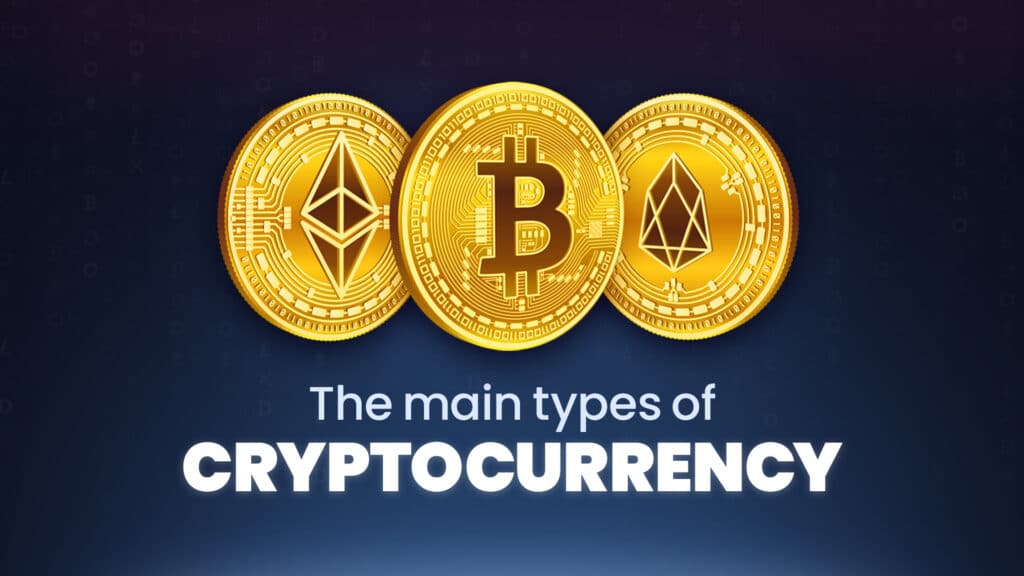
There are currently thousands of cryptocurrencies, and new ones are being made daily. While they all rely on the same consensus-based, decentralized, and immutable ledger to facilitate the digital transfer of value between trust less parties, there are both subtle and not-so-subtle differences between them.
This article aims to clarify the landscape and assist in the classification of cryptocurrencies into four main categories:
1. Cryptocurrency for payment
2. Utility tokens
3. Stablecoins
4. Central Bank Digital Currencies (CBDC)
Cryptocurrency for Payment
The first major form of cryptocurrency is payment cryptocurrency. Perhaps the most well-known is Bitcoin, the first successful example of a digital payment cryptocurrency. A payment cryptocurrency is designed to be a peer-to-peer electronic cash that facilitates transactions and is a medium of exchange.
This form of cryptocurrency is generally meant to be a general-purpose currency. So, it has its dedicated blockchain to support this purpose. These blockchains cannot support smart contracts and decentralized applications (Dapps).
Moreover, these payment cryptocurrencies are deflationary as they have a finite number of digital coins to be minted. As the available quantity of these digital coins for mining decreases, the value of the digital currency is expected to grow.
Payment cryptocurrencies include Bitcoin, Litecoin, Monero, Dogecoin, and Bitcoin Cash.
Utility tokens
The second most important form of cryptocurrency is the Utility Token. Any cryptographic asset that runs on top of another blockchain is a token. The first to introduce the idea of other crypto assets being able to be leveraged on the blockchain was the Ethereum network.
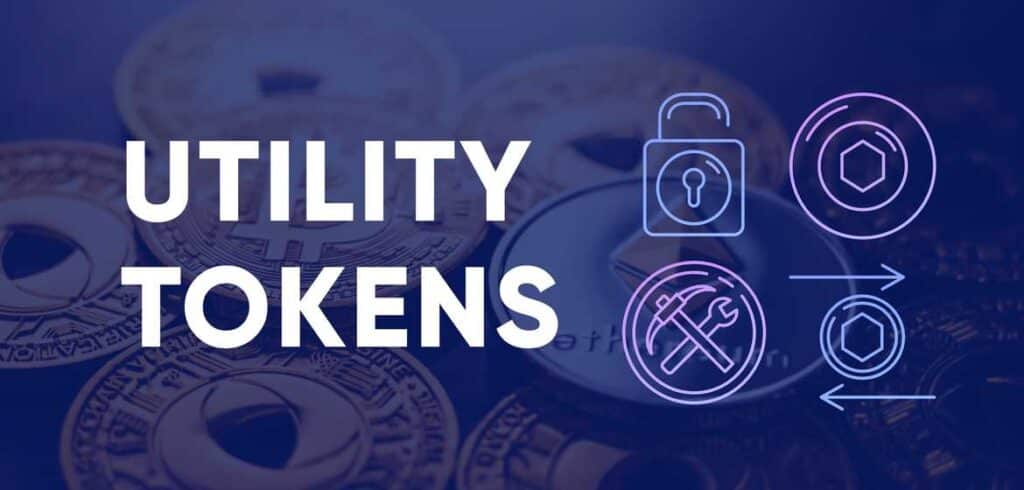
The founder of Ethereum, Vitalik Buterin, wanted his cryptocurrency to be open-source programmable money, allowing intelligent contracts and decentralized applications to disintermediate legacy financial and legal entities.
Moreover, payment cryptocurrency is not capped, unlike tokens like Ether on the Ethereum network. This means that these cryptocurrencies are inflationary, meaning that the value of this digital asset will decrease as more tokens are created, just like a fiat currency in a country that is forever printing money.
A utility token is a token that is used for a specific purpose or function on the blockchain.
For example, Ether is used to pay transaction fees to submit content to the Ethereum blockchain or to build and acquire Dapps on the platform. In 2021, the Ethereum network was changed to dissipate or burn off a portion of the Ether used in each transaction to match the use case. These types of tokens are called Infrastructure Tokens.
Service tokens
Some cryptocurrency projects issue service tokens that give the holder the right to or the ability to perform a task on a network. One example of this service token is Storj, an alternative to Google Drive, Dropbox, or Microsoft OneDrive. The platform allows those storing data in the Cloud to license unused hard drive space.
These consumers would indemnify the service in Storj’s native utility token. To obtain these credentials, the people storing the data must go through cryptographically random file verification every hour to ensure it is still in their possession.
Finance Tokens
The other example of a token is Binance’s Binance Coin (BNB). It was created to offer the bearer discounted trading fees. This token form is sometimes called Exchange Token because it gives you access to a cryptocurrency exchange.
The most common way of selling tokens is through Initial Coin Offerings (ICOs), which link investors to early-stage cryptocurrency projects. Security Tokens are a type of fractional ownership that represents ownership or other rights in another security or asset. In a broader sense, exchange and security tokens are a subset of Financial Tokens related to financial transactions such as borrowing, lending, trading, crowdfunding, and wagering.
Governance Tokens
Another exciting use of tokens is in governance. These tokens are held by people who can vote on issues within a cryptocurrency network. These are typically more substantial and essential adjustments or decisions for the network to stay decentralized. This allows the community to decide on proposals through their ballots instead of having the power to determine in a small group.
Media and Entertainment Tokens
Media and Entertainment Tokens are used for online gambling, gaming, and content. One such token is the Basic Attention Token (BAT), which is rewarded to the users who have opted in to see the advertisement. The most successful content creators can be rewarded with these tokens.
Non-Fungible Tokens (NFTs)
Non-Fungible Tokens (NFTs) are one of the most popular topics in the Decentralized Finance (DeFI) space. However, NFTs are not cryptocurrencies, as cryptocurrencies are fungible, meaning that one unit of a given cryptocurrency is the same as the next.
The holder of one BTC should be utterly indifferent to another individual who offers them another unit of BTC. The same goes for any cryptocurrency. However, we don’t consider NFTs a cryptocurrency because each one is nonfungible and unique.
Stablecoins
Stablecoins are meant to be a stable store of value in response to the volatility that is common in many digital assets. While these are built on a blockchain, they can still be exchanged for one or more fiat currencies, so they maintain their value. Stablecoins are actually linked to a tangible currency, usually the Euro or the U.S. dollar.
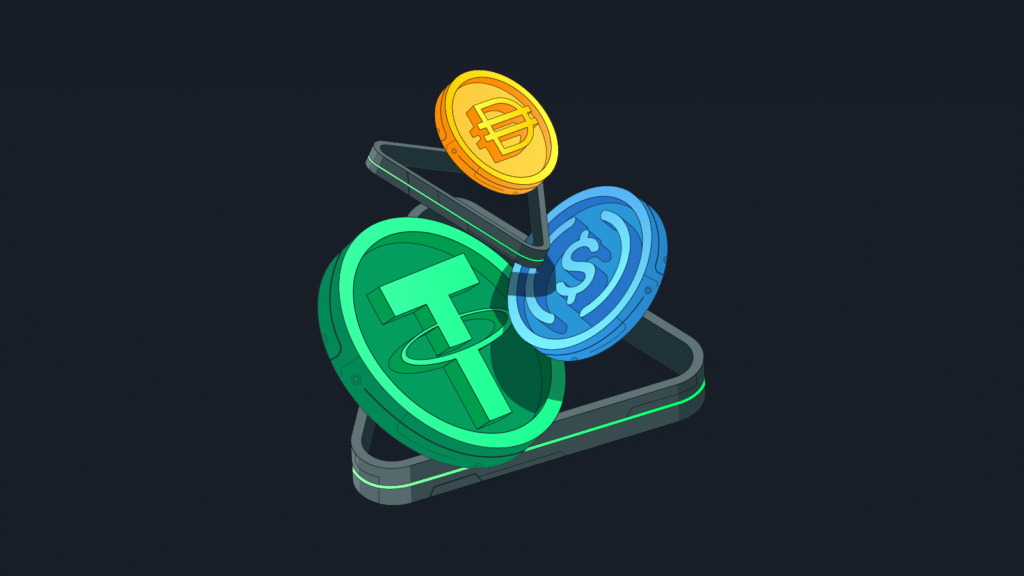
The company managing the anchor is expected to keep reserves in order to ensure the value of the cryptocurrency. Subsequently, investors will be appealing to this stability if stablecoins are used as savings vehicles or as a medium of exchange that allows for stable value exchanges without price risk.
USDT, the third largest cryptocurrency by market capitalization after Bitcoin and Ether, is the most popular stablecoin. What that means is that USDT is pegged to the US dollar at $1 per unit, and thus, its value should more or less stay at $1 per USDT. It does this by locking each USDT to one US dollar’s worth of reserve assets in cash or cash equivalents.
Holders can alternatively deposit their fiat currency for USDT or redeem USDT directly with Tether Limited at the redemption price of $1 minus the fees that Tether charges. In addition, Tether offers companies cash loans in order to generate revenue.
However, stablecoins are not regulated or supervised by any government. In May 2022, another high profile stablecoin, TerraUSD, and its sibling coin Luna, collapsed. TerraUSD’s value fell from $1 to just 11 cents.
The problem with TerraUSD was that it was backed by its own currency, Luna, instead of putting reserves into cash or other safe assets. During its May collapse, Luna’s value plunged from more than $80 to a fraction of a cent. As TerraUSD holders tried to redeem their stablecoins, TerraUSD’s linkage to the dollar was forfeited.
Do your research before buying stablecoins, reading the whitepaper and understanding how the stablecoin maintains its reserves.
Central Bank Digital Currencies (CBDC)
A variety of nation’s central banks issue Central Bank Digital Currency, a cryptocurrency. CBDCs are issued in token form or with an electronic record of the currency, which is pegged to the domestic currency of the issuing country or region.
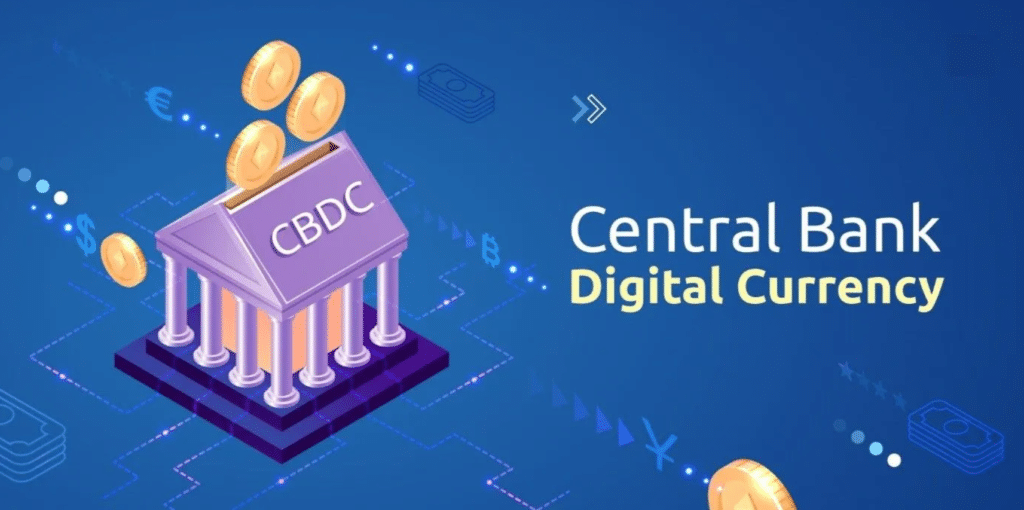
This digital currency, like many others being researched in the world, is issued by the central banks, meaning they maintain complete authority and regulation over it. While financial system and monetary policy of many countries are still in the early stages of introducing a CBDC, adoption may increase in future.
CBDCs are expected to build on blockchain technology to improve payment efficacy and possibly lower transaction costs, like cryptocurrencies. While the use of CBDCs is still in its infancy for many central banks around the world, many CBDCs are based on the same principles and technology as cryptocurrencies, including Bitcoin.
The currency is issued in token form or electronic records to prove ownership, just like other well-established cryptocurrencies. However, holders of this cryptocurrency forfeit the advantage of decentralization, pseudonymity, and lack of censorship in exchange for CBDCs which are effectively monitored and controlled by the issuing government.
To keep a «paper trail» of transactions, the government can sometime apply taxation or other economic rents to CBDCs. In a stable political and inflationary environment, CBDCs can be expected to remain of value over time or at least track the pegged physical currency. This is a positive aspect.
The buyers of CDBCs would not care about the fraud and abuse that has plagued many other cryptocurrencies, nor would they be concerned with the complete faith and credit of the issuing country.
Best cryptocurrency of 2024
For the most part, the choice of which cryptocurrency is the most suitable for 2024 is in significant part determined by your risk tolerance and of course by the objectives of your investment. To perform research and evaluate market trends and technology alongside adoption, and understand how different kinds of cryptocurrency work in the whole market.
Bitcoin (BTC)
The world’s first decentralized digital currency is Bitcoin. It is a store of value and a means of peer-to-peer transaction on a transparent blockchain. Bitcoin is an essential part of the cryptocurrency industry because it is so widely known and secure.
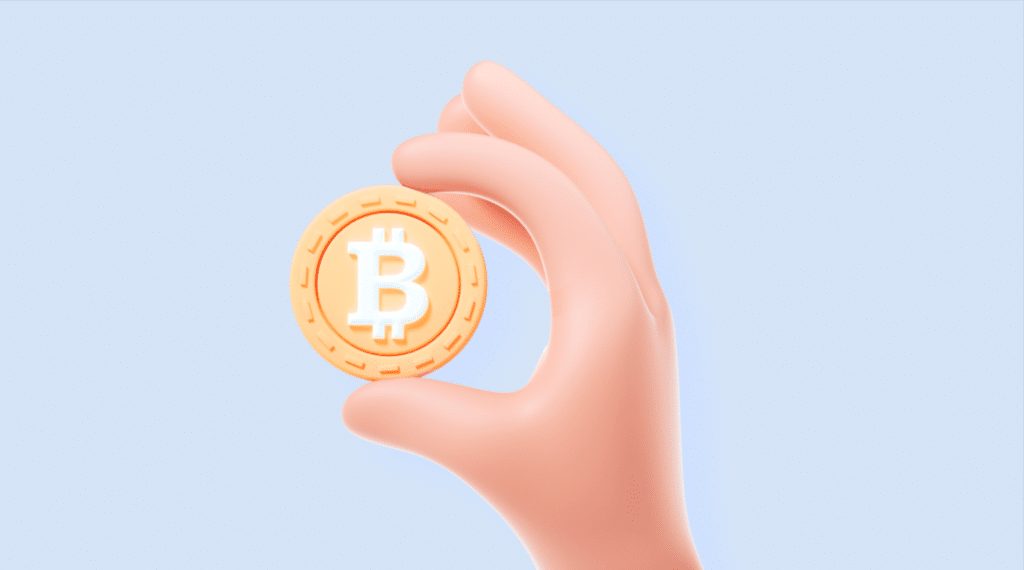
Ethereum (ETH)
Ethereum, a very user friendly blockchain platform has introduced intelligent contracts. Ether (ETH) is the native cryptocurrency of Ethereum Network. It enables a programmer to create decentralized applications (DApps) that can disrupt almost any industry other than digital currency.
Binance Coin (BNB)
The native cryptocurrency of the Binance exchange, one of the largest crypto venues in the world, is Binance Coin. It serves a lot of the reason — Remittance, Trading, on Binance Smart Chain ecosystem — and features lower fees on the Binance platform.
Solana (SOL)
Solana is a high-performance platform that is renowned for its low cost and fast transaction speeds. The native token of the network, that allows for decentralized applications operation is SOL. Solana is a rising star in the crypto space because of its developer friendly environment and scalability.
Cardano (ADA)
The Cardano blockchain platform is designed specifically for the purpose of scalability, security, sustainability through design. Cardano ecosystem’s native cryptocurrency is ADA, which help in facilitating transaction and participation. Cardano is unique in that it is focused on peer reviewed technology and research driven development.
Ripple (XRP)
Ripple is a digital payment protocol that facilitates the rapid and efficient execution of cross border transactions. XRP forms the native cryptocurrency within the Ripple network. The aim is to bridge conventional financial systems to facilitate the facilitation of cost adequate, expedited international payments.
Polkadot (DOT)
A multi chain network that allows for interoperability and scalability, Polkadot connects a number of blockchains. The Polkadot ecosystem has its native token called DOT, this is used to participate in the network governance and security. Its innovative methodology neutralizes blockchain fragmentation.
Litecoin (LTC)
“Digital Silver” to Bitcoin’s “digital gold”, Litecoin is often referred to. It is cheap with swift transaction confirmation. LTC is used as a store of value and for peer-to-peer transactions. Litecoin is a safe cryptocurrency because it is easy to use and secure.
Chainlink (LINK)
A decentralized oracle network, Chainlink connects accurate world data with smart contracts. The native token used to reward node administrators for providing data and services to smart contracts is LINK. Chainlink is critical to the DeFi and blockchain ecosystem.
Stellar (XLM)
Stellar is a blockchain platform designed to enable the rapid and cheap tokenization of assets and cross border payments. XLM is the native cryptocurrency of the platform, which these transactions and network operations are harnessed by. Stellar aims to make financial access and inclusion better.
Dogecoin (DOGE)
Initially created as a joke, it is now growing popular on the basis of the speed of the transactions and the community of people behind the coin. Small value transactions, donations and gratuities are paid with DOGE. In the crypto world, it is distinguished by its approachable and enjoyable demeanor.
Tezos (XTZ)
Tezos is a blockchain platform that is famous for its on-chain governance and its ability to upgrade without brutal conflicts. For intelligent contract, governance and staking, it uses its own native cryptocurrency, XTZ. Security and community driven decision making are the priorities of Tezos.






